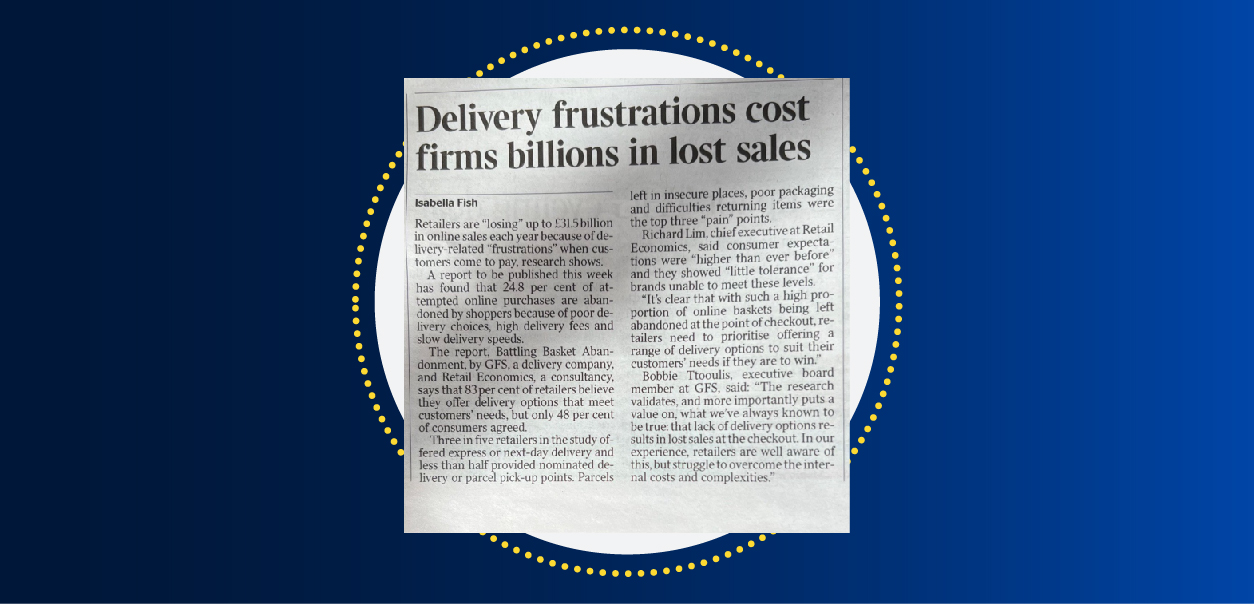H&M recently announced its plans to turn more than 5,000 stores into hubs for online orders, showing a significant shift towards online shopping
As a sure sign of the impact digitalisation is having on the retail industry, the announcement by fashion retailer H&M of its plans to reposition its 5,000-plus store estate into logistics hubs for online orders suggests a definitive shift in focus from traditional retail to digital growth.
Many retail experts see this as a logical change in strategy, and would argue that many of the retail closures seen recently can be attributed to those businesses failing to recognise the changing role of the store, or to adapt to the new retail paradigm.
“In addressing this head-on, H&M is probably doing more than most to cement its future on the high street,” says Stuart Higgins, partner at management and technology consultancy BearingPoint. “It is acknowledging that the store of the future needs to embrace additional roles as part of a more complex and emerging customer purchase and fulfilment journey, one that includes using store stock to fulfil online orders and acting as a returns point and reprocessing facility.”
With every high street retailer facing the same challenges of declining sales and reduced store profitability, he believes that all retail chains should consider following H&M’s lead, looking at the role of their stores, and how they can make their business more digitally enabled.
Such a move could be feasible as long as the customer experience isn’t compromised, although for some, changing real estate to logistic centres could be a step too far. Mark Andres, head of in-store at vouchercloud, says: “Younger shoppers in particular – a key demographic of H&M – are looking for shopping experiences and still want a physical location to go to and try clothes on. That customer service is a unique selling point. For H&M to make this move a success, it needs to maintain or enhance the customer experience it is known for.”
Putting the customer first
Others argue that the company’s repositioning is being somewhat misreported as a forward-looking move on H&M’s part. Rob Curran, chief experience officer at creative, data and digital agency Wunderman Thompson, believes it would be more realistic to view it as a potential solution to a business issue of the company’s own making; that of opening too many stores, too quickly.
“This radical transformation wouldn’t have been so essential if H&M hadn’t over-stretched itself in the first place,” he says. “Retailers have to match the scale of their physical network to their digital offer and vice versa, and there’s clearly been a disconnect here. From a customer experience perspective, it’s imperative that modern retail brands factor digital ordering, click and collect, returns and so on into their holistic plans when planning for growth.”
The practicality of managing multiple logistics hubs internally is another consideration in H&M’s move. Without the right level of dedicated delivery expertise, the customer delivery experience is at risk, as are, potentially, online sales.
Bobbie Ttooulis, Executive Director at Global Freight Solutions, says
“As H&M works to reposition away from the high street, and as in-store interactions decrease, these delivery touch-points will be increasingly critical in providing a great overall customer and brand experience.”
Equally important is the returns experience – and returns are at the forefront of customers’ minds at the point of purchase. She adds:
“In preparing for the future of retail, H&M must source the necessary multi-carrier delivery capabilities to give consumers the breadth of delivery choice and convenience at checkout, as well as the confidence that the final mile experience is not going to let them down.”
This article was originally posted on telegraph.co.uk on 13th February 2020 – find the article here.










